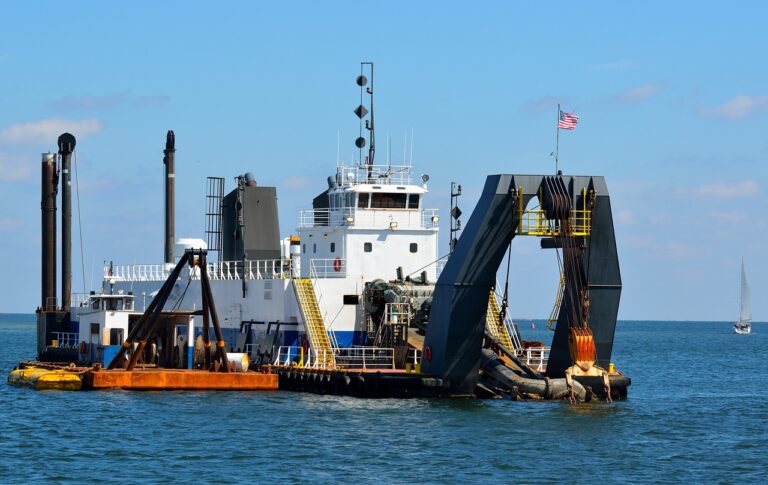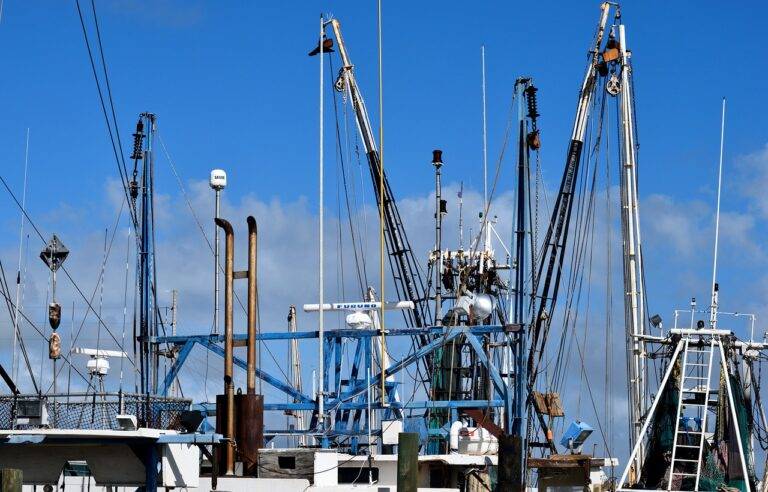Implementing Sustainable Transportation Solutions for Business Operations
Traditional transportation methods, such as personal vehicles and fossil fuel-powered buses, face various challenges in the modern world. One of the main issues is the heavy reliance on non-renewable energy sources, leading to harmful emissions that contribute to air pollution and climate change. Additionally, the infrastructure of many traditional transportation systems is outdated and unable to efficiently handle the increasing demands of growing populations in urban areas.
Moreover, the dependence on individual cars for daily commuting results in traffic congestion and longer travel times, impacting both the economy and quality of life. The high cost of maintaining roads, bridges, and highways further strains government resources and limits investments in other critical infrastructure projects. As cities continue to expand and populations increase, finding sustainable solutions to the challenges of traditional transportation methods becomes increasingly urgent.
• The heavy reliance on non-renewable energy sources leads to harmful emissions
• Outdated infrastructure unable to handle increasing demands in urban areas
• Traffic congestion and longer travel times due to dependence on individual cars for commuting
• High cost of maintaining roads, bridges, and highways strains government resources
Benefits of Sustainable Transportation Solutions
Sustainable transportation solutions offer a myriad of benefits for both individuals and the environment. By promoting the use of public transportation, walking, and biking, these alternative methods contribute to reduced traffic congestion, improved air quality, and decreased greenhouse gas emissions. Not only do sustainable transportation options help combat climate change, but they also promote healthier lifestyles and enhance overall well-being.
In addition to the environmental advantages, sustainable transportation solutions can also have positive economic impacts. With fewer cars on the road, there is less wear and tear on infrastructure, resulting in lower maintenance costs for governments and taxpayers. Moreover, investing in public transportation and biking infrastructure can stimulate economic growth by creating jobs and increasing property values in connected areas.
Impact of Transportation on the Environment
Transportation is a vital aspect of modern societies, allowing people and goods to move efficiently from one place to another. However, the extensive use of traditional transportation methods such as cars, trucks, and airplanes has significant consequences for the environment. The burning of fossil fuels by these vehicles releases harmful pollutants into the air, contributing to air pollution and greenhouse gas emissions that fuel climate change.
In addition to air pollution, transportation also has a substantial impact on land and water resources. The construction and maintenance of transportation infrastructure, such as roads and bridges, can lead to habitat destruction and fragmentation, affecting wildlife and ecosystems. Moreover, runoff from roads and highways can carry pollutants into waterways, contaminating streams, rivers, and ultimately oceans.
What are some of the challenges of traditional transportation methods with regards to the environment?
Traditional transportation methods, such as car travel and air travel, contribute to air pollution, greenhouse gas emissions, and noise pollution. These emissions have a significant impact on the environment and contribute to climate change.
What are some benefits of sustainable transportation solutions?
Sustainable transportation solutions, such as public transportation, biking, walking, and electric vehicles, help reduce greenhouse gas emissions, improve air quality, and reduce traffic congestion. These solutions are better for the environment and promote a more sustainable way of living.
How does transportation impact the environment?
Transportation contributes to a significant portion of global greenhouse gas emissions, particularly from the burning of fossil fuels in cars, trucks, and airplanes. This leads to air pollution, smog, and climate change, which have detrimental effects on the environment and human health.
What can individuals do to reduce their transportation impact on the environment?
Individuals can reduce their transportation impact on the environment by using public transportation, carpooling, biking, walking, and opting for electric vehicles. These choices help reduce emissions and promote a greener way of traveling.







